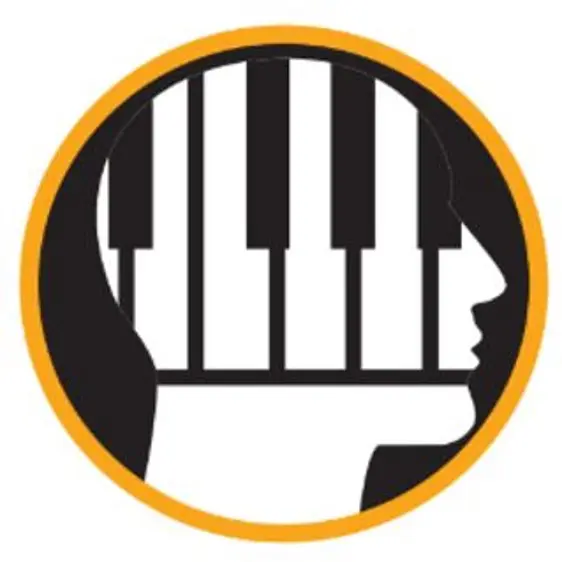 Keyboard sense is the ability that allows pianists to know where they are at all times on the keyboard. This is called proprioception and is a kind of “sixth sense” in which our brain is aware of our body’s position in space. Being able to close your eyes and touch your nose is an example of this. At the piano, proprioception is necessary for precise and fluid movements and for coordinating independent movements. Keyboard sense allows you to feel your way around the piano keys easily without looking at your hands – without relying on your eyes – resulting in improved reading and fluency in performance. But first, you must develop keyboard awareness.
Keyboard sense is the ability that allows pianists to know where they are at all times on the keyboard. This is called proprioception and is a kind of “sixth sense” in which our brain is aware of our body’s position in space. Being able to close your eyes and touch your nose is an example of this. At the piano, proprioception is necessary for precise and fluid movements and for coordinating independent movements. Keyboard sense allows you to feel your way around the piano keys easily without looking at your hands – without relying on your eyes – resulting in improved reading and fluency in performance. But first, you must develop keyboard awareness.
What is Keyboard Awareness and Why is it Important?
Fluency in Performance: Keyboard awareness means understanding the topography of the piano – how the keyboard is put together – and being aware of where you are on the keyboard as you move about it. At the most basic level, it might include finding the white and black key groups, whole and half steps, and the notes in the musical alphabet, etc. On a more advanced level, it would include understanding scales and chord shapes in different keys and how they feel on the keyboard. Topographical understanding and awareness lead to fluent gestures while playing the piano.
Accuracy and Security: A pianist with good keyboard sense is not overly reliant on looking at the keys when playing. The ability to visualize the keyboard in the “mind’s eye” helps develop tactile security when playing. For example, accurate playing when there are wide leaps and jumps is dependent on this ability. Good keyboard awareness also directly affects fluency in reading as the hands do not need visual guidance, allowing the eyes to read ahead.
Try these 3 Strategies:
1. Develop visualization skills.
Assess your students’ level of keyboard awareness. Have them close their eyes and find the two and three black key groups or a series of notes, chords, scales, or progressions in various keys. If students are unable to move around the keyboard with their eyes closed, it might be a sign that they don’t have a clear internal picture of the keyboard. While most teachers already teach written theory (staff based), applying these same concepts directly to the keyboard can support visualization development.
Below is a customized lesson from the website musictheory.net. On this site, you can customize a variety of keyboard identification exercises. In this exercise, students apply knowledge of major and minor intervals to the keyboard, rather than to the staff. This helps them correlate the keyboard’s layout to different intervals.
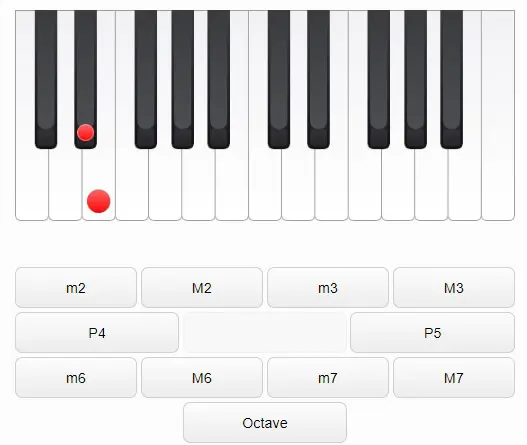
Here’s another visualization activity that fosters understanding of keyboard topography. In this lesson video from eNovativePiano, the pianist is asked to visualize, without playing, the diatonic chords in the key of D major. This can be quite a challenge and it may take several attempts before fluency in the key is achieved. The end goal is to play the diatonic triads without looking at the keyboard.
2. Focus on the tactile experience.
It’s never too early to learn that every major and minor key has a unique topography and therefore, a unique feel under the hand. In this Keyboard Topography audio activity from eNovativePiano, students are asked to play intervals spanning an octave within the key of D major by developing an awareness of how various intervals feel. Besides honing familiarity with each key, students must think intervallically, visualize the keyboard, and navigate by touch. This also a great opportunity to work on aural skills if you ask students to sing or solfège the intervals as they play.
3. Transfer these skills to more complex tasks.
Here are two examples of how these skills can be employed when teaching reading and repertoire.
Reading: When selecting materials for sight reading, keep in mind that it is important to foster both vertical and horizontal reading. This “harmonic” reading example from eNovativePiano requires both. The keyboard graphic reinforces the visual image of the scale and the intervals within it. Each hand of this reading could itself become a topography exercise, with the student calling out the melodic and harmonic intervals as they play without looking at the keys. Fluency with this type of reading is essential for more advanced tasks such as playing chorales and hymns and for open score reading.

SATB Open Score: Savior, Like a Shepherd Lead Us
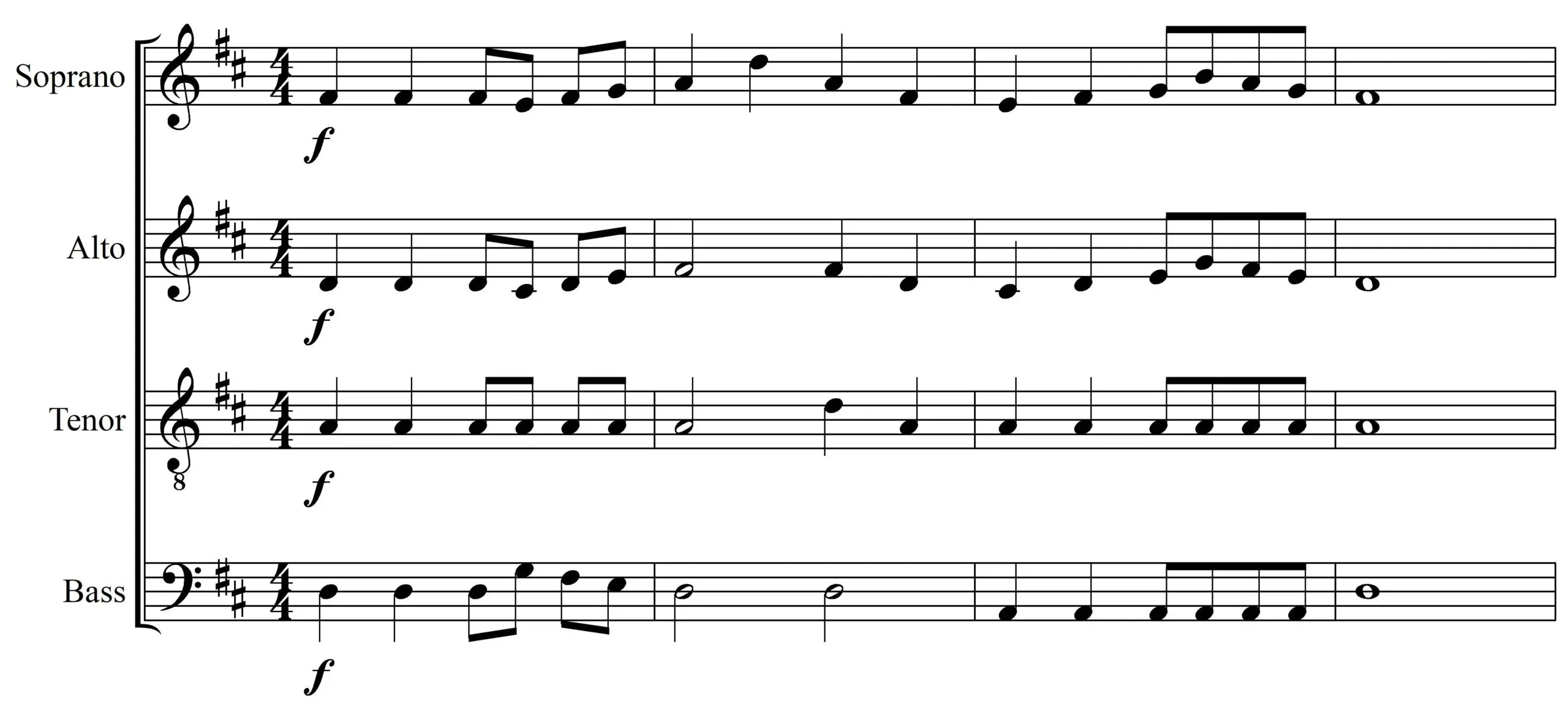
Repertoire: Étude, Op. 82, No 47 by Cornelius Gurlitt features broken chords played with alternating hands. In order to fluently perform this piece, students must be aware of the feel of each chord shape and especially the spatial relationship between chords within each hand.
Cornelius Gurlitt: Ètude, Op. 82, No. 47
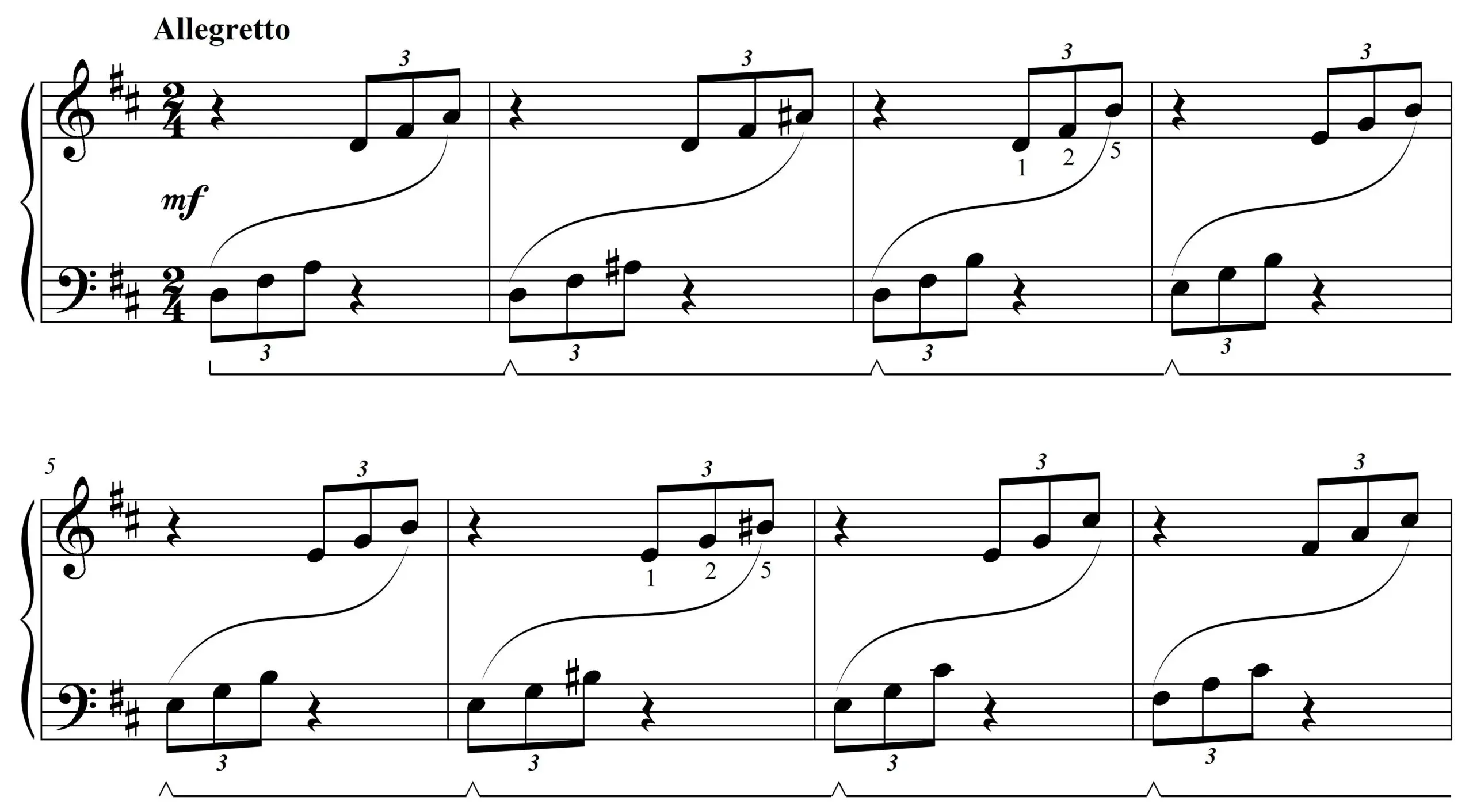
A common practice technique, blocking the chords, helps students feel the shape of each chord and allows them to focus on shifting efficiently. Watch a demonstration lesson on blocking chords in this piece.
Good keyboard awareness and feel will help students anticipate the specific gestures required for an accurate and fluid performance. Over time, they will learn to correlate what they see on the page with the sensation of performing these chordal shifts.
Watch a performance of Gurlitt’s Étude, Op. 82, No. 47 by Chan Kiat Lim.
Try out these ideas to see if your students can improve their ‘Keyboard Sense.’ Let us know what you think.

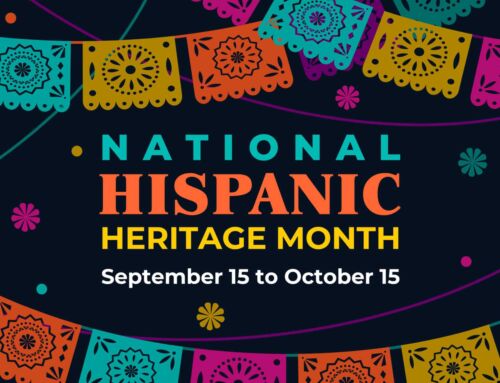
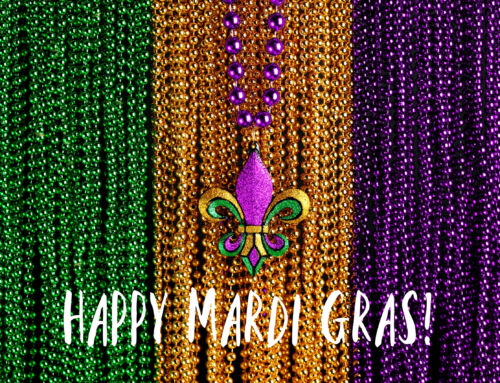
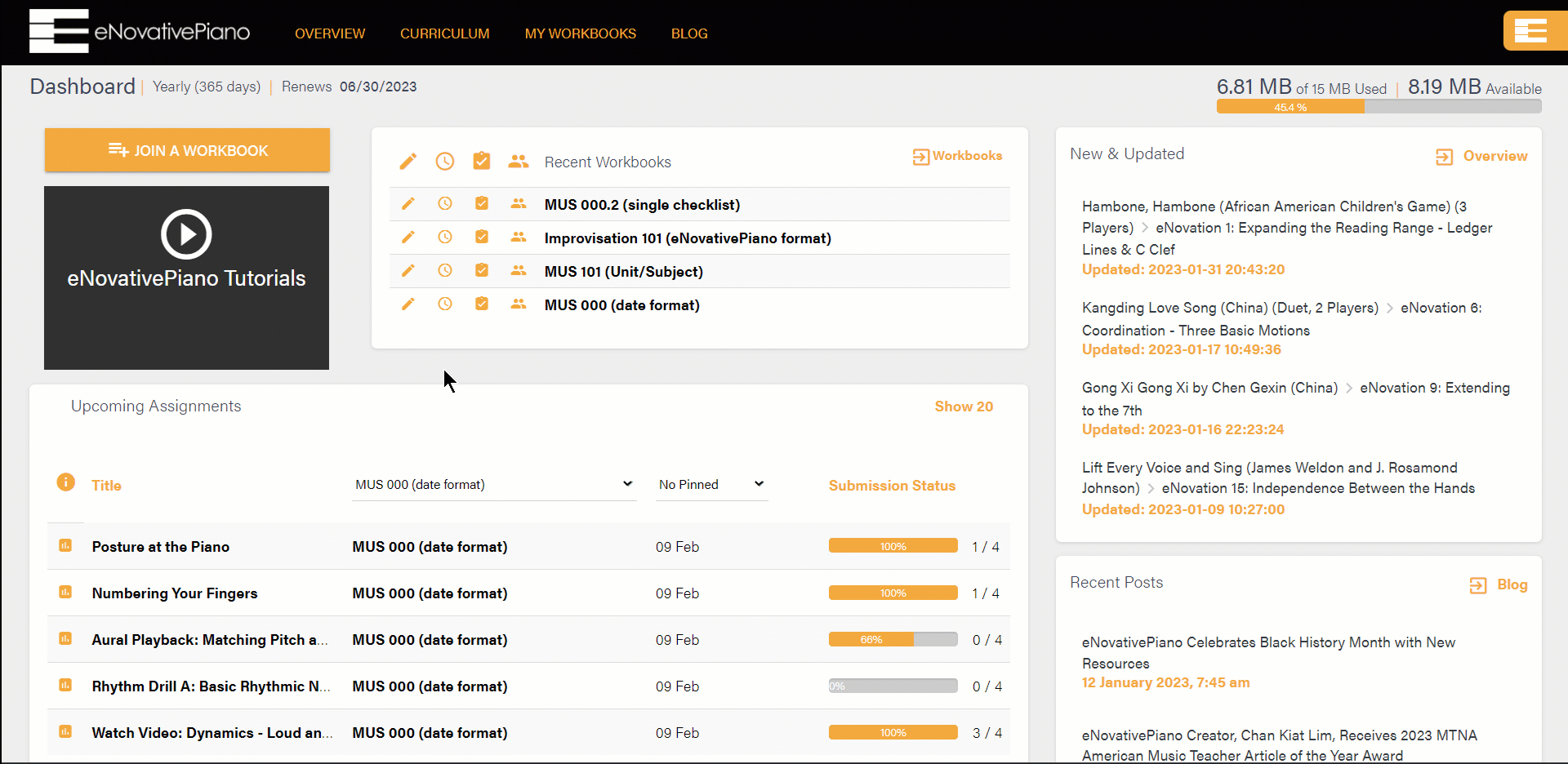
These are basics that everyone knows who wants to learn piano. I think the stronger you are in learning these things the better piano player you can be. That is why it is important to spend time on these things and learn the basics of playing the piano. Usually people have a habit to skip and jump things.
Thanks for your comment. These underlying skills are essential to success at the piano, but it takes a while to develop them. That’s why it is so tempting to skip over them!